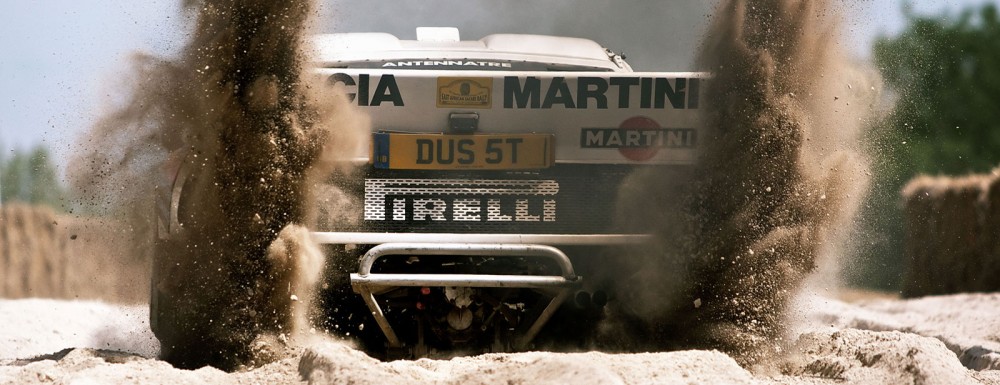This year’s Formula 1 season has been immensely exciting to watch. The FIA introduced several new technologies that have made the racing more fan friendly. The cars still feature the Kinetic Energy Recovery System (KERS) that technically turns the cars into hybrids. Electrical energy is recovered from the wheels while the car is braking and then stored in a battery pack. The driver is then able to discharge the batteries for a certain amount of time for each lap to boost the engine’s output by 80hp. The cars this year are also running a Drag Reduction System (DRS) that allows the driver to open and stall the rear wing on the longest straight if they’re within 1 second of the car ahead of them in the detection zone. This allows the cars to be more aerodynamic and hit higher top speeds in the straightaways. The KERS combined with the DRS system has the drivers setting records for the number of passes per race.
Another interesting dimension to this year’s season is tire strategy. The FIA specifically asked Pirelli to make a tire that would not last as long so that each car would have to pit 2 to 3 times per race. This has added several dimensions to the team strategies in qualifying and during the race. Nextgen-Auto.com released this series of videos detailing the construction and tire compounds that Pirelli is providing for the Formula 1 teams this year.
Part 1:
The introduction to the series talks about the design goals set for Pirelli by the FIA. We get see some of Pirelli’s factory and R&D facilities. There’s some pretty cool footage of the different steps of the manufacturing process.
Part 2:
Next we take a look at the different compounds that Pirelli is producing for the season. Pirelli will supply the teams with two compounds for each race. The compounds chosen change based on the track and conditions. They’re differentiated by different color strips on the sidewalls and are designed to operate at different temperatures.
Part 3:
In addition to the four compounds of slicks, Pirelli also makes a wet tire and an intermediate tire. The third video talks about the characteristic of both including tread depth and how much water each tire is designed to clear from the road surface.
Part 4:
With the tires purposely being built fragile, it’s up to the drivers to look after them. Pushing the car too hard puts overheats the tires which causes them to degrade. The last video in the series details this degradation process.
Source: NextGen-Auto.com on YouTube
